The trend of horror films referencing the halcyon days of low-budget genre filmmaking of the late ’70s and early ’80s shows no signs of abating, and most recent entry in this modern resurgence is possibly the purest of any yet committed to screen. What co-directors Jeremy Gillespie and Steven Kostanski have accomplished with The Void is the first film in a currently crowded subgenre that transcends the near-pastiche established by the likes of Rob Zombie or Ti West to approach the level of true homage. This is a film that calls to mind Carpenter and Cronenberg at the height of their prowess — with a generous dose of Fulci thrown in for good measure. In many ways the film is a masterwork of low-budget ingenuity that hits the appropriate genre notes without slavishly aping the material that influenced the filmmakers, doing justice to its antecedents while offering something original in the process.
The film follows a small-town sheriff’s deputy Daniel Carter (Aaron Poole), who finds himself ensnared in an occult conspiracy that drags his estranged wife Allison (Kathleen Munroe) and a collection of strangers into a Lovecraftian world of eldritch abominations. While many films — most recently the Ridley Scott ripoff Life — evoke Lovecraft in spirit, this film seems to embody the specifics of the author’s weird fiction with a rare loyalty. The primary antagonists in the film’s first act are a group of silent robed figures defined only by the triangular symbols emblazoned on their cowls, a striking image that could have been ripped from the pages of Lovecraft or Ligotti. As Carter navigates the bowels of a nearly abandoned hospital to uncover the true force motivating a series of monstrous mutations and gruesome mutilations, the world of cosmic horror conceived by Gillespie and Kostanki becomes disturbingly tangible, even as it diverges into hallucinatory nightmare territory.
A large part of the problem with the current wave of self-referential horror nostalgia is that modern filmic techniques — and the mindset of contemporary filmmakers — have hampered the shoestring-budget appeal of the films they’re referencing. As such, few directors have attained any true resonance with the material they seek to emulate in the way Gillespie and Kostanki have with The Void. This film is an exception to the currently prevalent rule, finding a goldmine of gore in its strict adherence to practical effects, a claustrophobic setting and a limited cast. The creativity impelled by budgetary constraints produces an effect that calls to mind not only the decidedly nondigital body-horror of Cronenberg’s The Fly or Carpenter’s The Thing but also more otherworldly films like Paul W.S. Anderson’s underrated Event Horizon or Clive Barker’s Hellraiser — and The Void holds up well in comparison to these classics.
The Void’s aesthetic indebtedness to its predecessors is self-evident, and yet the film crafts something that feels new out of parts that are decidedly old. Like the creatures on screen, this is a film that carves the face off of a still living subject to reveal a monstrosity hidden within — something inhuman and altogether disturbing. Fans of classic late-20th-century splatter cinema need look no further for their gore fix than this film — when you stare into The Void, terror stares back. Unrated. Now Playing at Grail Moviehouse.



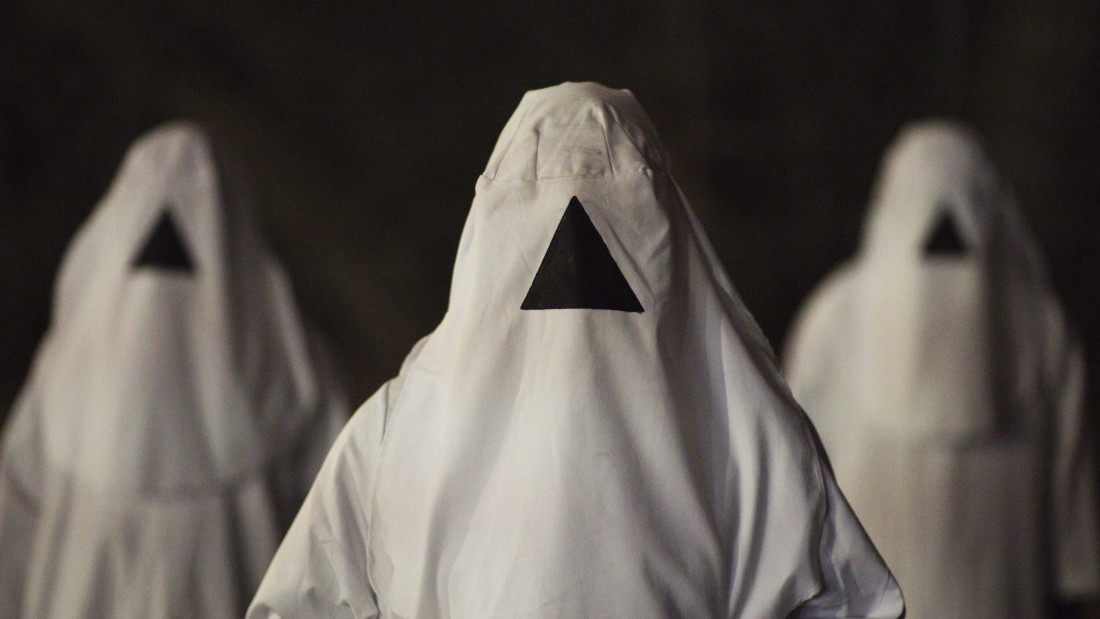
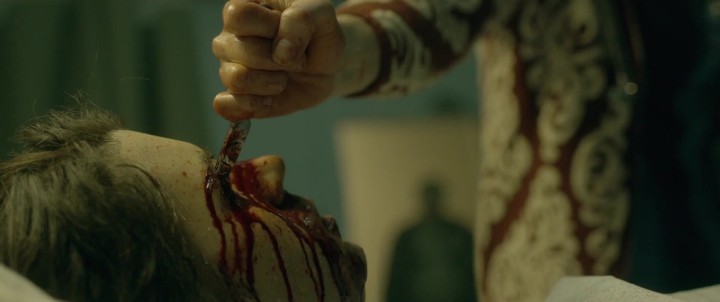
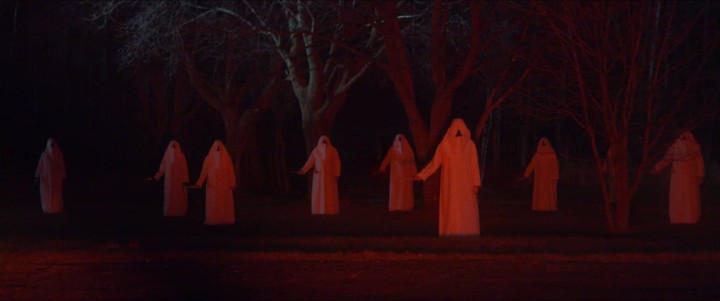
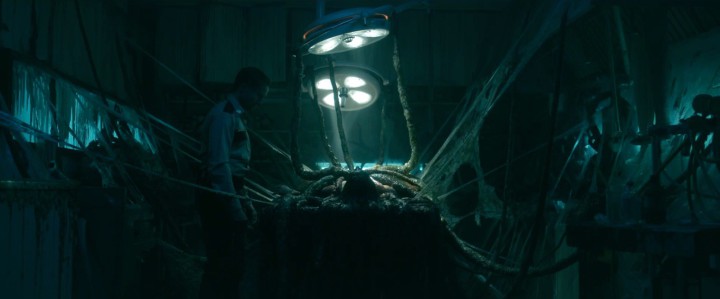
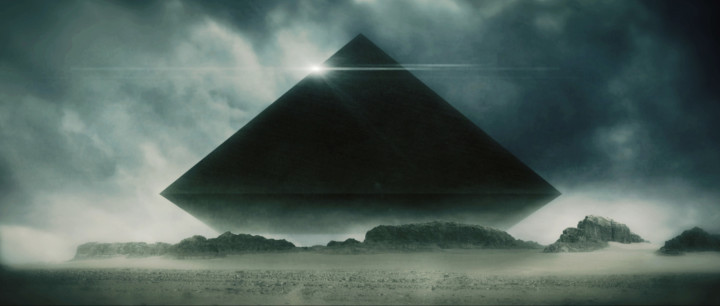
Before you comment
The comments section is here to provide a platform for civil dialogue on the issues we face together as a local community. Xpress is committed to offering this platform for all voices, but when the tone of the discussion gets nasty or strays off topic, we believe many people choose not to participate. Xpress editors are determined to moderate comments to ensure a constructive interchange is maintained. All comments judged not to be in keeping with the spirit of civil discourse will be removed and repeat violators will be banned. See here for our terms of service. Thank you for being part of this effort to promote respectful discussion.